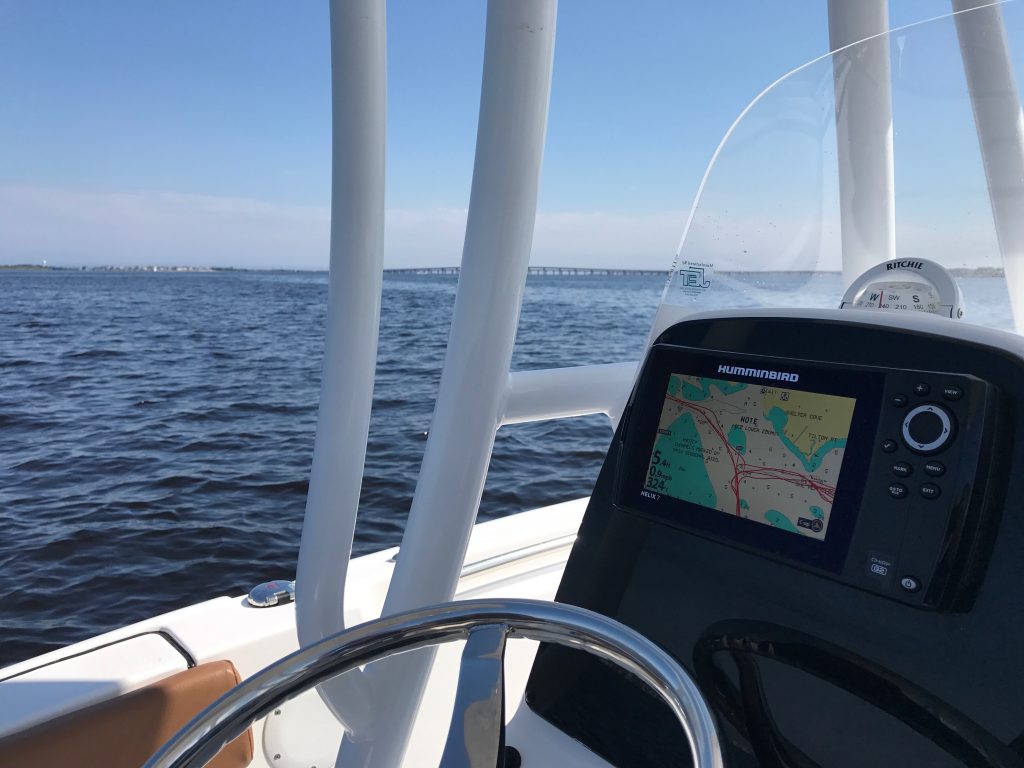A plan to improve the health of Barnegat Bay by state officials included a portion long-sought by environmentalists looking to limit the amount of runoff and pollutants enter the estuary.
Gov. Chris Christie said Wednesday the state would spend $20 million on various projects to protect and improve the health of the waterway, which has come under threat from overdevelopment in recent decades. A key part of the action plan is the development of a total maximum daily load, shortened to TMDL, standard to reduce the nutrients going into the impaired areas in the northern section of the bay.
The TMDL program is part of the federal Clean Water Act, and allows states to receive federal funding toward creating a scientifically-sound plan to identify how much pollution, runoff and other materials are entering a waterway, then calculating the maximum amount of pollution the waterway can handle and still support its assigned uses. Establishing such a plan also requires that both governmental agencies and private sector partners develop plans to reduce pollution, including both mandated and voluntary policies.
Funding for the projects is coming from Natural Resource Damage settlements, proceeds from the state’s Corporation Business Tax, the State Revolving Fund for infrastructure improvements, the U.S. Environmental Protection Agency’s Clean Water Act watershed restoration program, and other sources, officials said.
A good portion of the funding “will largely go directly to local governments and nonprofit organizations that will continue to do the work of restoring Barnegat Bay,” said Department of Environmental Protection Commissioner Bob Martin.
Plans for the funding include:
- Working with municipalities and other stakeholders to establish a Total Maximum Daily Load (TMDL) standard for nutrients that would be incorporated into stormwater discharge permits in impaired areas, especially in the northern third of the Bay;
- Developing a watershed restoration plan for the Toms River basin as well as watershed restoration plans for key tributaries, including Tuckerton Creek, Westecunk Creek, Mill Creek, Oyster Creek, Forked River and Cedar Creek;
- Continuing to implement enhancement projects for the Metedeconk Creek watershed;
- Continuing to educate municipalities, marinas, homeowners’ associations and waterfront property owners on controlling sea nettles by periodically power-washing or scrubbing nettle polyps from bulkheads, docks and other structures;
- Working with municipalities and other stakeholders to establish a Total Maximum Daily Load (TMDL) standard for nutrients that would be incorporated into stormwater discharge permits in 18 of the watershed’s 37 municipalities;
- Identifying and inventorying stormwater basins and outfalls needing upgrades;
- Developing and implementing a stewardship program that engages municipalities, schools, golf courses and residents in local projects that protect bay resources;
- Implementing projects to restore submerged aquatic vegetation, which provides critical habitat to many aquatic species as well as spawning, nursery and feeding areas for fish;
- Implementing biological monitoring prior to the decommissioning of the Oyster Creek nuclear power plant in Lacey Township, as well as monitoring after the facility closes to assess the effects of eliminating discharges of cooling water;
- Continuing to conduct long-term water quality monitoring in the bay and its tributaries;
- Preserving and restoring wetlands to reduce nutrient pollution and provide flood protection;
- Implementing a Toms River-area specific pilot study into the effectiveness of the state’s fertilizer law at reducing nutrient impacts; and
- Exploring the feasibility of expanding Ecologically Sensitive Areas to reduce boating impacts on sensitive ecosystems.

Advertisement

Seaside Heights & Seaside Park
Seaside Heights School Board Seeking More Participation, Will Change Meeting Times

Police, Fire & Courts
Seaside Park Man, 68, Charged in Fatal Crash With Pedestrian

Ortley Beach & North Beaches
Lottery Ticket Worth $10K Sold at Ortley Beach Acme

Ortley Beach & North Beaches
Abandoned Private Island ‘Mansion’ in Barnegat Bay Poised for Demolition








